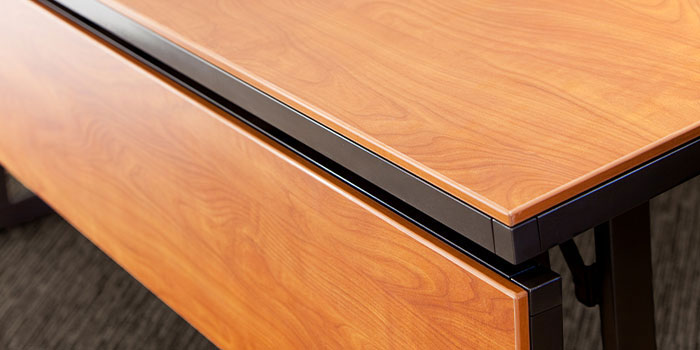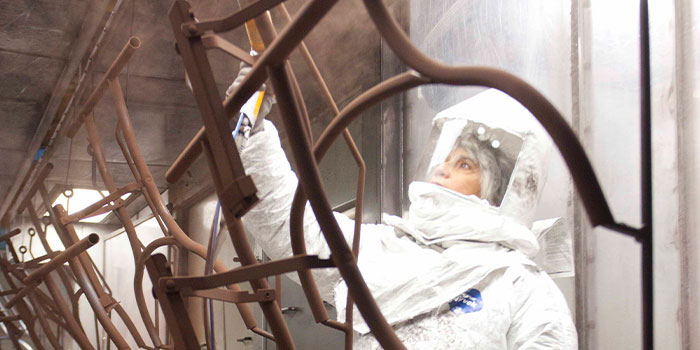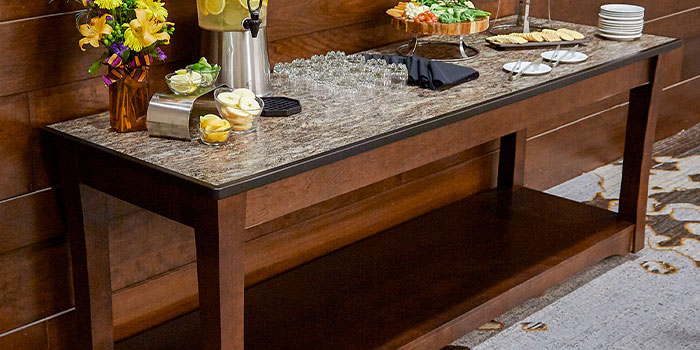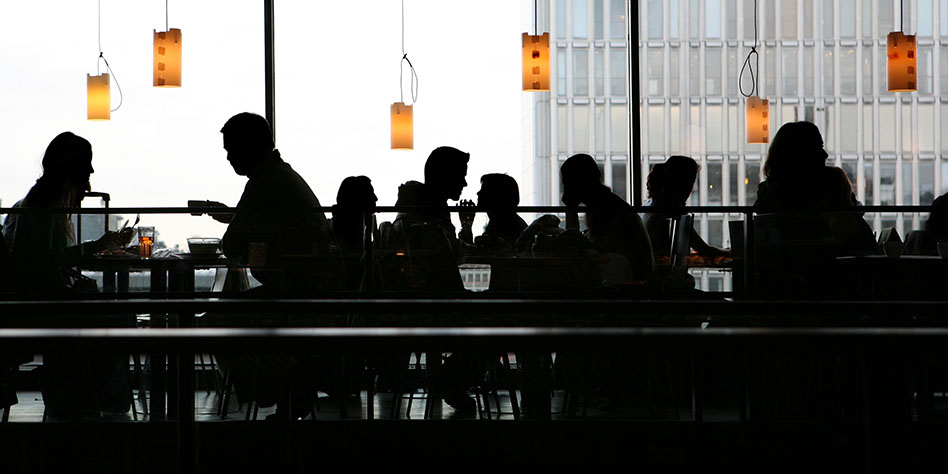
MityLite Reveal, Elevare, and Madera linenless tabletops all feature a durable Wilsonart® laminate surface, except for the Reveal Banquet Rounds, which have a Merino Laminate surface. To ensure many years of reliable use, regular cleaning and care of your product is important.
These instructions can be used for all:
- Reveal Tables
- Elevare Tables
- Madera Tables
- Navan Tabletops
- Charleston Tabletops
- Granada Tabletops
Daily Maintenance for Wilsonart® Laminate Tabletops:
For daily cleaning of laminate surfaces, all you need is dishwashing liquid, warm water and a microfiber cloth. Apply a mixture of dish soap and water to the surface using your cloth. The cloth should be damp, but not dripping wet. Rinse thoroughly with warm water and wipe dry.
Difficult stains, such as coffee or tea, can be removed using a mild household cleaner/detergent and a soft bristled brush—repeat as necessary.
If a stain persists, use a paste of baking soda and water, then apply it to the affected area with a soft-bristled brush (a toothbrush works great). A light scrubbing of 10 to 20 strokes should remove most stains. Although baking soda is a low abrasive, excessive scrubbing or exerting too much force could damage the decorative surface.
Stubborn stains that resist any of the above cleaning methods may require the use of undiluted household bleach or nail polish remover. Apply the bleach or nail polish remover to the stain and let stand no longer than two minutes. Rinse thoroughly with warm water and wipe dry. This step may be repeated if the stain appears to be going away and the color of the laminate has not been affected. (WARNING: Prolonged exposure of the laminate surface to bleach will cause discoloration.)
Hot pans and heat-producing appliances (such as electric skillets), when set directly upon tabletops, can mar the product’s beauty. Always use a heat shield, hot pad, or trivet.
Recommended cleaning solutions to use on tabletops
- Windex®
- Glass Plus®
- Fantastik®
- Mr. Clean®
- Formula 409®
- Purell Multi-Surface
- Isopropyl Alcohol (Isopropanol)
Disinfecting Tabletops
Alcohol and bleach are acceptable chemical disinfectants if used appropriately. As with any other disinfectants, soiled surfaces need to be cleaned with water and detergent first. Bleach is a strong and effective disinfectant—its active ingredient, sodium hypochlorite, is effective in killing bacteria, fungi, and viruses.
The following cleaners can also be used to disinfect tabletops:
- Clorox Sanitizing Spray
- Clorox Clean-Up Cleaner + Bleach
- Clorox Disinfecting Bleach
- Clorox Disinfecting Spray
- Clorox Disinfecting Wipes
- Lysol Professional Disinfecting Spray
- Purell Surface Sanitizer
- Simple Green All-Purchase Cleaner
- Spic and Span Antibacterial Cleaner
Please note that if bleach is not properly used, it can be harmful to the user and cause long-term damage to surfaces. Prolonged exposure of the laminate surface to bleach will cause discoloration.
Cleaners with the following active ingredients in various ratios and solutions pose a threat to any surface and cause irreparable damage.
- Peroxide(s)
- Strong acids (phosphoric acid is often used, very low pH values)
- Strong bases (sodium hydroxide, potassium hydroxide, high pH values)
- Hydrochloric acid, sulfuric acid, or hydrofluoric acid
With all cleaners, exposure time is the key. Often surface damage is due to poor removal of the cleaning agent (spills, drops, etc. that are not removed).
It is recommended to test any cleaner on a small area of the surface before using. Prolonged exposure of disinfectants and sanitizers to laminate surfaces can cause degradation and/or discoloration.
WARNINGS
- Never use abrasive cleaners, steel wool, pumice stone, or scouring pads
- Never wax or sand, apply lacquer, or other topical finish
- Never expose tabletops to standing water
- Hair, textile, and food dyes can cause permanent stains (wipe up immediately with dishwashing detergent or an all-purpose cleaner)
- Never place pots or dishes directly from the oven or burner on an unprotected laminate surface as extreme heat can cause cracking or blistering
- Do not use oven cleaners on an unprotected countertop (wipe spills away promptly and rinse several times with water)
- Rust removers contain harsh chemicals which will quickly cause permanent damage (Wipe off all residue immediately, wash thoroughly with soapy water, and rinse several times)
- Steel wool and other abrasive pads will damage surfaces (don’t use for cleaning or store steel on your countertop)
- Toilet bowl cleaners contain harsh chemicals that can cause permanent damage (wipe up immediately, wash surface with soapy water, and rinse several times)
Daily Maintenance for Merino Laminate Tabletops
Merino Laminates are resistant to stains from things such as coffee other beverages and food items. However, if something like concentrated vinegar or acid-based cleaners spill onto the surface, the liquid should be wiped off immediately.
To clean the surface, use a damp cloth or sponge and a mild soap or detergent. If a stain persists, apply a paste of baking soda and water with a soft bristled brush. Don’t scrub with excessive force. Rinse thoroughly with warm water and wipe it dry.
Warning: Prolonged exposure to bleach will cause discoloration. Acid-based cleaners will permanently damage the laminates. Never allow these cleaners to encounter the laminates. If there is exposure, wipe off immediately and rinse thoroughly with water.
- Abrasive pads will damage the surface
- Harsh chemicals, such as oven cleaner, will damage the surface
- Hot objects can damage the surface if there is prolonged exposure
- Sharp objects, such as knives, can scratch the surface
Powder-Coated Table Legs
All MityLite table legs have a powder-coated finish. To clean, use a soft cloth or sponge and a mild detergent (pH5 to 8) other appropriate cleaning products. Avoid using a brush with tough bristles and this might damage the surface. Then, wipe down the surface with a soft cloth and clean water.
Before using any cleaners, review the cleaning ingredients or technical datasheets. Avoid using an abrasive cleaner or polish, and cleaners that contain ketones, esters, and acetones (for example, nail polish remover).
Contact Wilsonart Technical Services at 1.800.433.3222 with questions.


